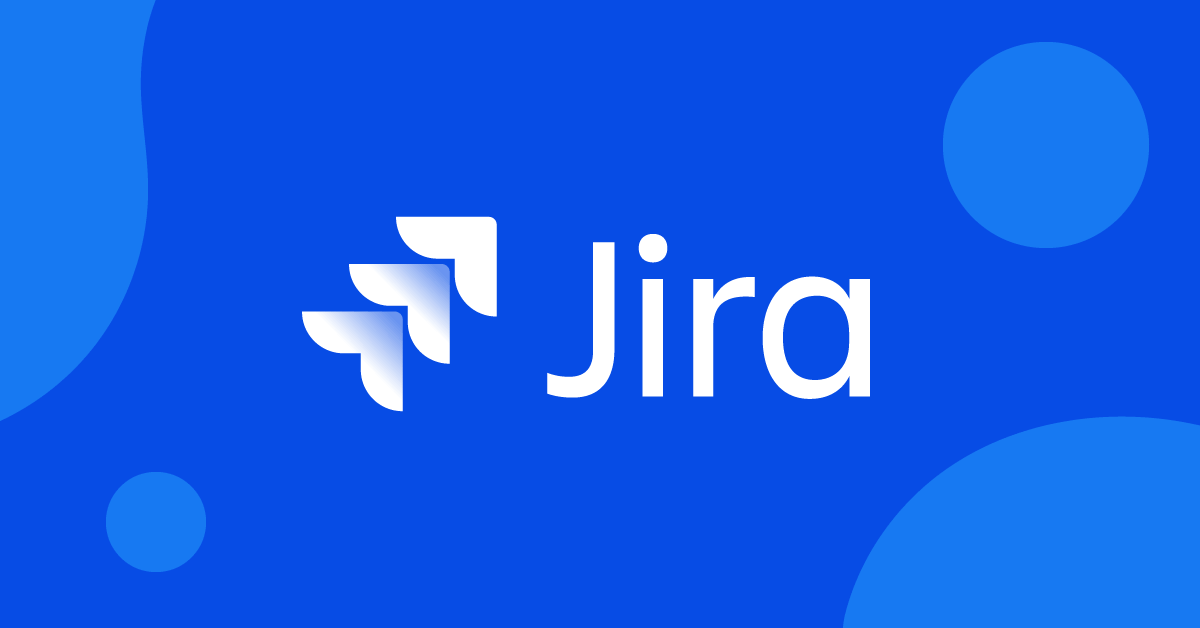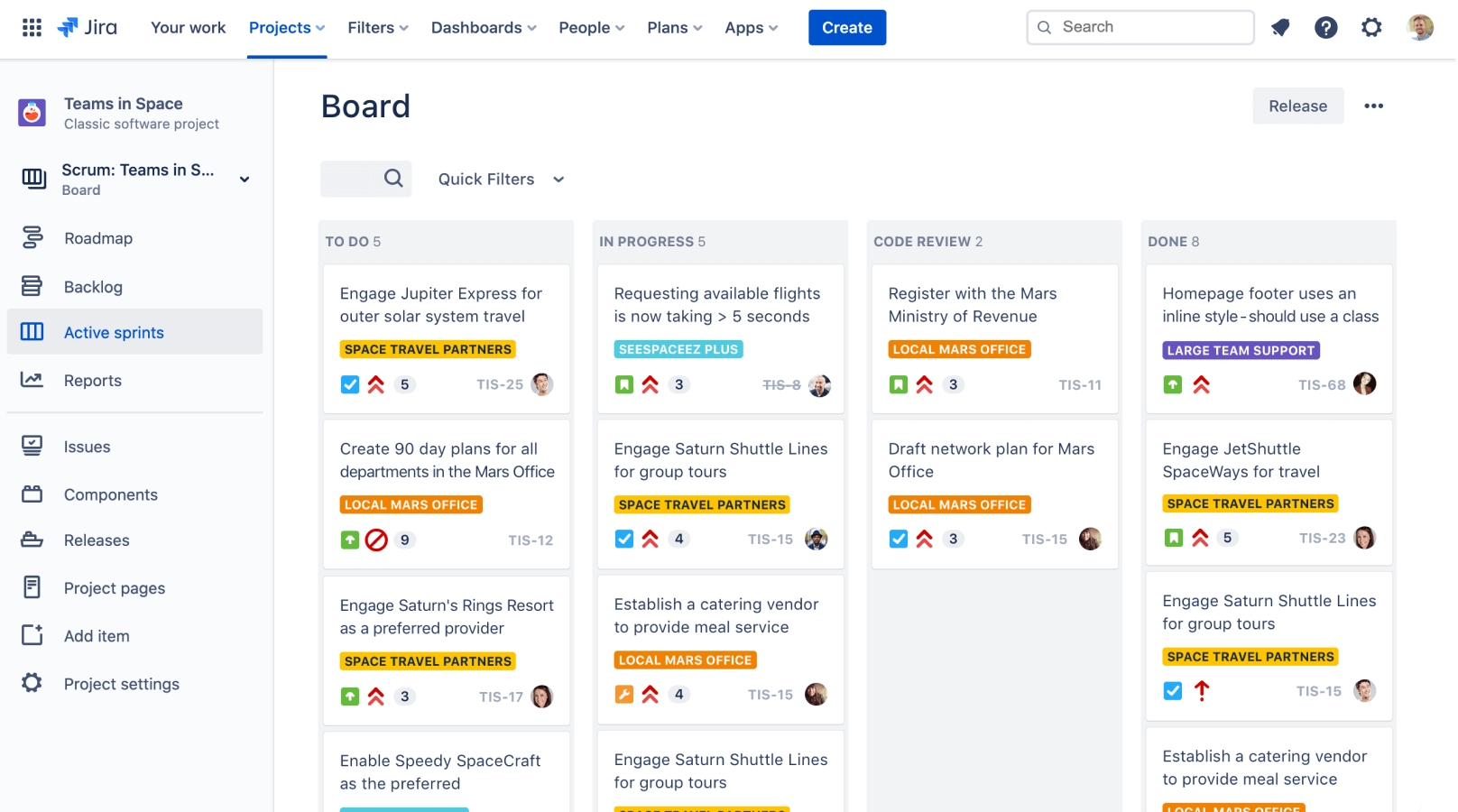Mastering Jira: A Comprehensive Guide
 Abhi
Abhi
Introduction to Jira
Jira is a powerful project management tool developed by Atlassian, widely used by agile teams to plan, track, and manage their work. Originally designed for bug tracking, Jira has evolved into a versatile platform that supports various project management methodologies, including Agile, Scrum, and Kanban.
What is Agile?
Agile is a project management philosophy that emphasizes flexibility, collaboration, and customer satisfaction. Agile methodologies break projects into small, manageable units of work, enabling teams to deliver incremental value and adapt to changing requirements quickly.
Scrum and Kanban: Agile Methodologies
Scrum
Scrum is a popular Agile framework that organizes work into fixed-length iterations called sprints, typically lasting 1-4 weeks. Each sprint begins with a planning meeting, followed by daily stand-ups, and ends with a review and retrospective. Key roles in Scrum include the Product Owner, Scrum Master, and Development Team.
Kanban
Kanban is another Agile methodology that focuses on visualizing work, limiting work in progress (WIP), and improving flow. Unlike Scrum, Kanban does not prescribe specific roles or time-boxed iterations. Instead, it uses a continuous flow approach, where tasks move through various stages on a Kanban board, such as "To Do," "In Progress," and "Done."
Benefits of Using Jira
Customizable Workflows
One of Jira's strengths is its ability to customize workflows to fit the unique needs of your team or project. You can define specific stages for tasks, set up custom rules, and automate repetitive processes to streamline your work.
Powerful Reporting and Dashboards
Jira provides a variety of reporting tools and customizable dashboards to help you track progress, identify bottlenecks, and gain insights into your team's performance. These features enable data-driven decision-making and continuous improvement.
Roadmaps
For teams using Jira Software Premium, the roadmaps feature allows you to plan and visualize your work at a higher level. You can create, update, and share roadmaps to align your team and stakeholders on the project’s direction and milestones.
Best Practices for Using Jira
Effective Backlog Management
Regularly grooming your backlog helps keep your project organized and ensures that your team is working on the most important tasks. Prioritize issues, add detailed descriptions, and attach relevant documents to provide clear context.
Utilize Jira Query Language (JQL)
Jira Query Language (JQL) is a powerful tool for creating custom filters and reports. By learning JQL, you can perform advanced searches, automate workflows, and generate tailored reports that meet your specific needs.
Set Up Notifications Wisely
Configure notifications to ensure that team members are informed about relevant updates without being overwhelmed by unnecessary alerts. Balance is key to maintaining focus and productivity.
Common Challenges and Solutions
Managing Large Projects
For large projects, it's crucial to break down work into manageable chunks. Use epics to organize related stories and tasks, and consider creating multiple boards for different teams or phases of the project.
Ensuring Team Adoption
Adopting a new tool can be challenging. Encourage team adoption by providing adequate training, demonstrating the benefits of Jira, and fostering a culture of continuous improvement.
Epics, Stories, and Tasks in Jira
Epics
In Jira, an epic represents a large body of work that can be broken down into smaller, more manageable pieces. Epics are used to group related stories and tasks, providing a high-level overview of major features or projects.
Stories
A story, also known as a user story, is a smaller unit of work that describes a specific feature or functionality from the user's perspective. Stories are typically written in the format: "As a [user], I want [functionality], so that [benefit]."
Tasks
Tasks are the smallest units of work in Jira, representing individual actions that need to be completed. Tasks can be part of a story or stand-alone items, depending on the project's requirements.

Integrating Jira with Slack and GitHub
Slack Integration
Integrating Jira with Slack enhances team communication and collaboration by providing real-time updates and notifications. To integrate Jira with Slack:
Go to the Jira settings and select "Find new apps" under the "Apps" section.
Search for the Slack integration and install it.
Follow the prompts to connect your Slack workspace with Jira.
Configure your notification preferences to receive updates on issues, projects, and more directly in Slack channels.
GitHub Integration
Integrating Jira with GitHub allows you to link commits, branches, and pull requests to Jira issues, streamlining your development workflow. To integrate Jira with GitHub:
Navigate to the Jira settings and select "Find new apps" under the "Apps" section.
Search for the GitHub integration and install it.
Authenticate with your GitHub account and select the repositories you want to connect.
Use issue keys in your commit messages to link them to Jira issues, enabling better traceability and visibility into your development process.
Integrations Beyond Slack and GitHub
Confluence Integration
Integrate Jira with Confluence to create a seamless documentation and project management experience. Link Jira issues to Confluence pages, use Confluence for detailed project documentation, and embed Jira reports in Confluence pages for comprehensive project visibility.
Bitbucket Integration
For teams using Bitbucket, Jira offers deep integration, allowing you to create branches, view commits, and manage pull requests directly from Jira issues. This integration enhances traceability and collaboration within your development workflow.
Jira is an indispensable tool for Agile teams, offering robust features for managing projects using Scrum, Kanban, or a combination of both.
Feel free to add anything which I missed in this. Lets connect in Comments !!
Cheers,
Abhi Nallana
Subscribe to my newsletter
Read articles from Abhi directly inside your inbox. Subscribe to the newsletter, and don't miss out.
Written by
